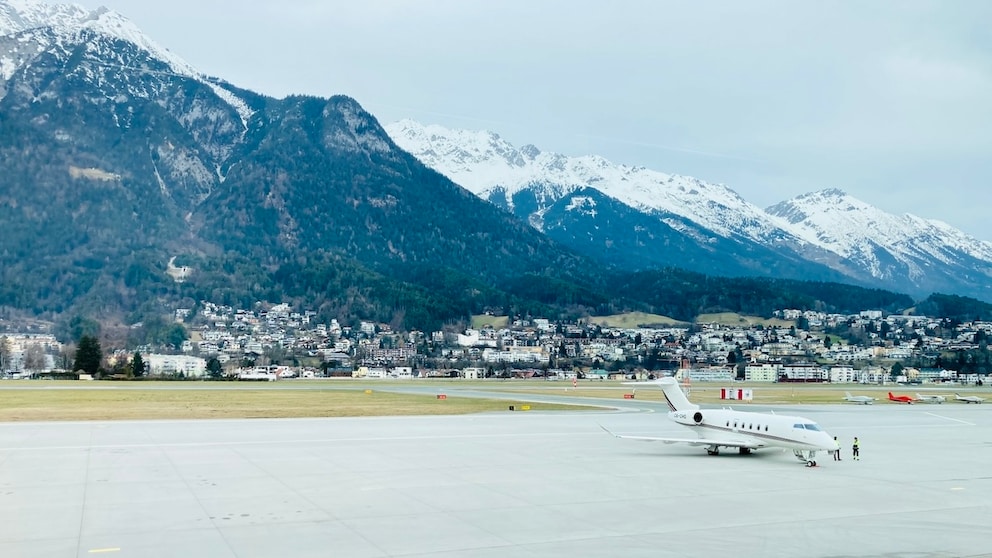February 23, 2025, 9:46 am | Read time: 3 minutes
Pilots heading for this airport can expect turbulence. This is due to its challenging location, which requires a special approach procedure. There are quite a few pilots who would rather avoid it; for others, however, the challenge is obviously a special attraction. Find out more on TRAVELBOOK.
It’s not listed among the airports with the most dangerous approaches worldwide, thanks to its commendable safety record. However, this doesn’t stop even seasoned pilots from approaching it with a healthy dose of respect. It is not without reason that its website states under “Information for pilots” that it requires an “adapted approach procedure.” We are talking about Innsbruck Airport.
Overview
Innsbruck Airport Is the Most Feared Airport in Europe
It may not come close to the passenger volume of the next largest airports in Austria, but Innsbruck Airport is still the largest in Tyrol and western Austria. This positions it as a crucial traffic hub, particularly during the bustling winter months.
A special feature of the airport is its location in a valley surrounded by the Alps, which means that the approach to it offers a “great view of the Austrian mountains” in good weather. Pilot and influencer Patrick Biedenkapp shared this insight in a previous interview with TRAVELBOOK. The airport is one of his favorite airports in Europe, even though it poses a real challenge for pilots due to the proximity of the mountains and the comparatively short runway. “In strong winds, turbulence can occur,” says Biedenkapp.
Complex Weather Conditions Require Special Landing Approach
The winds the expert is talking about are foehn winds: “a typical weather phenomenon in alpine regions,” as explained on the airport’s website. Foehn winds occur when moist air masses hit a mountain range, rise there, and cool down. As a result, the moisture contained in the air is released in the form of precipitation. The focus here is on the side of the mountain facing away from the wind, where the foehn winds occur when the dry air sinks and heats up. The airflow can become very strong. In an article in the British Independent, a pilot from the airline EasyJet reports that the winds around Innsbruck Airport, which is known for its turbulence, can reach speeds of up to 100 km/h.
Pilots can find a detailed guide on the Innsbruck Airport website that explains the required approach procedure. But merely glancing over a handout won’t cut it. Most airlines classify Innsbruck Airport as category C, which means that it is considered more complex and risky due to special requirements and more difficult operating conditions. To be allowed to fly to it (and other airports in this category), pilots must complete special additional training.

Exciting questions and answers What you definitely didn’t know about airplanes

Did you know that? Why dying during a flight is often not technically possible

Quirky change Too dangerous in turbulence! Airline takes popular dish off the menu
Relatively Good Safety Record, Despite the Dangers
The conditions for unsafe landings and frequent accidents seem to be in place. But surprisingly — and fortunately — Innsbruck Airport is not known for a high number of tragic incidents, even if it is known for turbulence. The last serious accidents due to the challenging landing approach occurred more than 50 years ago. The relatively impressive safety record can likely be attributed to the stringent approach regulations and the comprehensive training that licensed pilots undergo. In addition, reliable safety management at the airport ensures that risks are minimized and safe flight operations are guaranteed.

